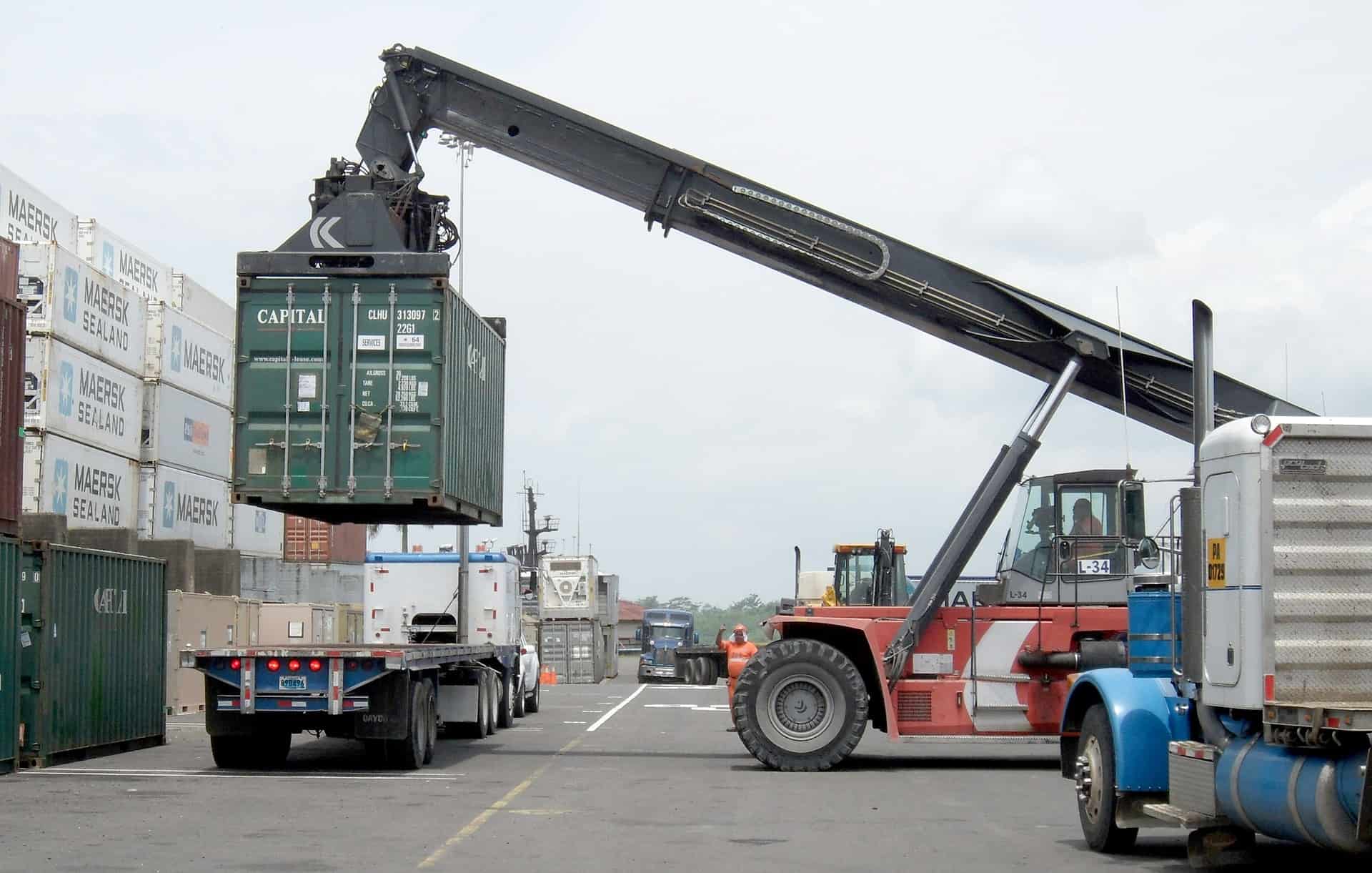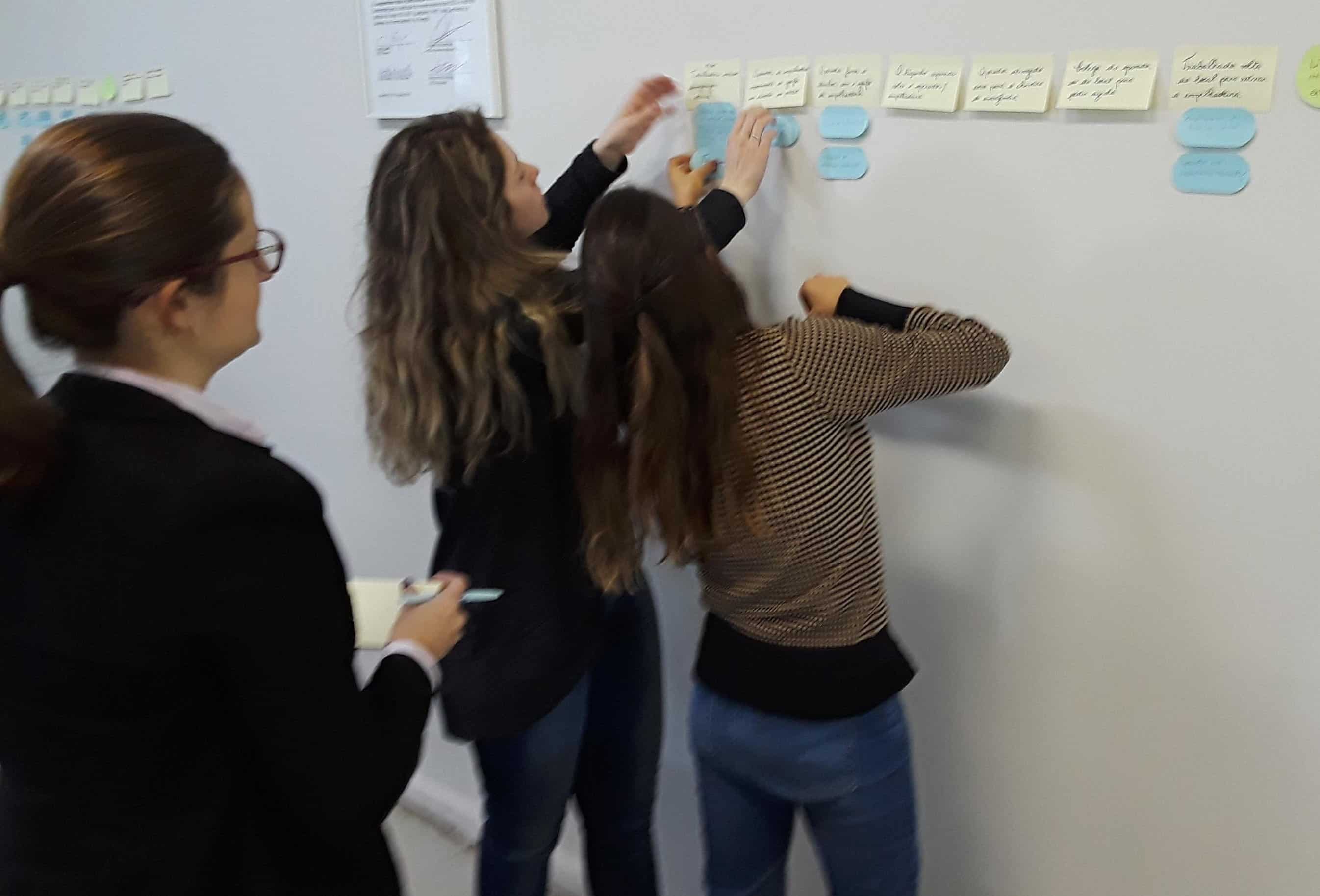The Benefit of Task Analysis During an Investigation

Task analysis is observing a worker perform a task to understand, in greater detail, how they do it.
Task analysis is an important tool for evaluating the human factors engineering implications of the task being performed. The benefit of task analysis during an investigation is that it is an effective tool for evidence collection.
Incident investigators will find task analysis useful for insight into where a mistake or error occurred in the performance of the task. Task analysis is for those days when you are staring at your SnapCharT® trying to figure out where in the sequence of events something went wrong. If you’ve been struggling to learn more from an incident, task analysis may provide you with better evidence. It can also be used proactively to identify the potential for human error during the task.
One common task analysis technique is a walk-through of the task. An experienced worker demonstrates each step of the task to the investigator no matter how small (pressing a button may be one step). The demonstration may include:
- locating and putting on PPE
- retrieving materials needed to perform the task
- communicating with other workers
- collecting information from computers or displays
- making decisions based on information collected
The investigator writes down each step of the task. This helps the investigation team understand which steps are safety-critical, and highlight any factors that might affect the worker’s performance in carrying them out. This information may be used to compare to how the task that led to an incident was performed to identify mistakes and errors.
Learn more about how to conduct a task analysis in the 5-Day TapRooT® Advanced Root Cause Analysis Team Leader Training.
In this course, you will learn how to conduct a Change Analysis as well as how to complete a Critical Human Action Profile, two different task analysis methods. You will also have the opportunity to work on some examples during the course. Add this skill to your evidence collection toolbox.
5-Day TapRooT® Advanced Root Cause Analysis Team Leader Training
Learn more about other human factors engineering topics:
How does TapRooT® solve human factors problems? View>
Visual displays and auditory messages View>



